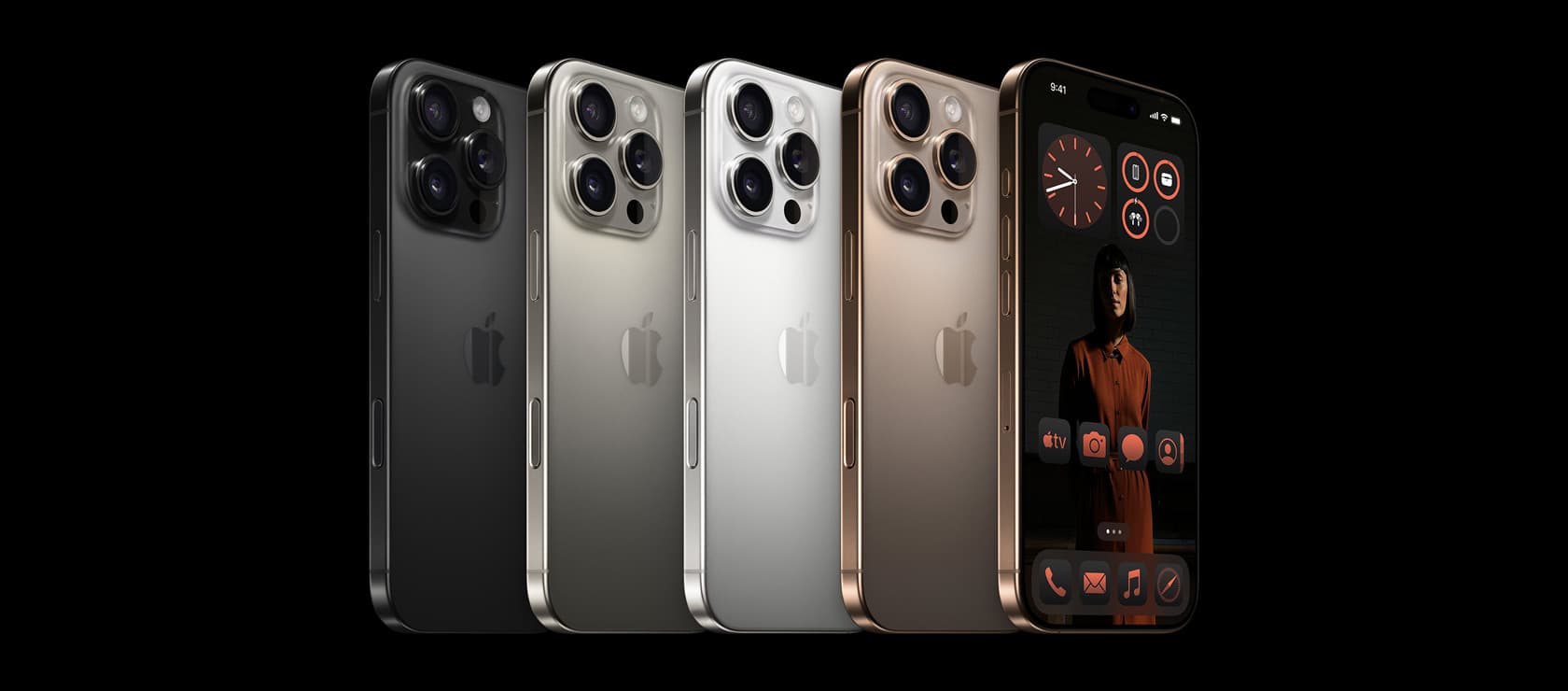We're loading the full news article for you. This includes the article content, images, author information, and related articles.
An analysis of consumer credit, income data, and entrepreneurship rates challenges the persistent social media stereotype that Kenyan women's success is funded by wealthy benefactors, revealing a more complex picture of financial autonomy.

A recurring narrative on Kenyan social media platforms suggests that a young woman with a high-end smartphone, like the latest iPhone, must be financially supported by a wealthy benefactor, colloquially known as a 'sponsor'. This stereotype, while pervasive, increasingly clashes with the documented economic shifts and growing financial independence of women in the country.
The latest iPhone 16 models, released in late 2025, retail in Kenya for between KSh 94,000 and KSh 170,000, depending on the specific model and vendor. This represents a significant financial outlay. According to the Kenya National Bureau of Statistics (KNBS) 2022 Demographic and Health Survey, the average monthly earning for women aged 15-49 was KSh 12,166. While this figure highlights a persistent gender pay gap, it doesn't capture the full picture of earnings, especially in the formal and professional sectors.
More recent data from KNBS indicates a significant shift. In 2023, 14,268 women joined the bracket of those earning over KSh 100,000 per month, compared to just 1,256 men. As of that year, 139,847 women were in this top-earning club. For these professionals, purchasing a high-end smartphone is an attainable, albeit significant, financial decision, not necessarily one requiring external benefactors.
Perhaps the most significant factor dismantling the 'sponsor' myth is the explosion of consumer credit and asset financing. The proportion of Kenyans using hire purchase or 'lipa mdogo mdogo' (pay slowly) programs tripled from 2.1% in 2021 to 6.2% in 2024, according to the 2024 FinAccess Survey. This translates to over 1.7 million Kenyans using these services by 2024.
FinTech companies like Lipa Later, M-KOPA, and Watu Simu have become mainstream, partnering with major retailers to allow consumers to acquire electronics, including iPhones, through manageable installment plans. These services make high-value items accessible to a much broader income spectrum. The BNPL market in Kenya was projected to reach US$1.18 billion in 2025, with a compound annual growth rate expected to push its value to US$1.86 billion by 2030. This demonstrates a structural shift in consumer purchasing power, driven by technology and innovative financing rather than dependency.
The stereotype also overlooks the significant entrepreneurial spirit among Kenyan women. A March 2025 report from Mastercard revealed that an extraordinary 93% of women in Kenya are considering starting or running their own business. Furthermore, 76% are already engaged in side hustles to generate extra income. While formal business ownership by women stands at 31.4%, this figure doesn't fully account for the vibrant informal sector where many of these enterprises thrive. The World Bank has noted that women-owned businesses account for nearly half of all Micro, Small, and Medium-sized Enterprises (MSMEs) in Kenya, which collectively contribute about 20% to the nation's GDP.
Government initiatives such as the Women Enterprise Fund, which has disbursed KSh 27.8 billion since 2007, further support this trend. This entrepreneurial activity provides an independent income stream that empowers women to make significant purchases on their own terms.
While gender disparities in income and employment certainly persist, the 'sponsor' narrative is an oversimplified and increasingly inaccurate depiction of reality. The convergence of rising female participation in the high-earning formal sector, a boom in accessible consumer credit, and a powerful entrepreneurial drive provides clear pathways for financial autonomy. The data suggests that the woman with the latest iPhone is less likely to be a passive recipient of gifts and more likely to be a salaried professional, a savvy entrepreneur, or a financially astute consumer leveraging modern credit facilities. Attributing her success to a 'sponsor' diminishes her economic agency and ignores the profound structural changes shaping Kenya's modern economy.
Keep the conversation in one place—threads here stay linked to the story and in the forums.
Other hot threads
E-sports and Gaming Community in Kenya
Active 7 months ago
Popular Recreational Activities Across Counties
Active 7 months ago
The Role of Technology in Modern Agriculture (AgriTech)
Active 7 months ago
Investing in Youth Sports Development Programs
Active 7 months ago